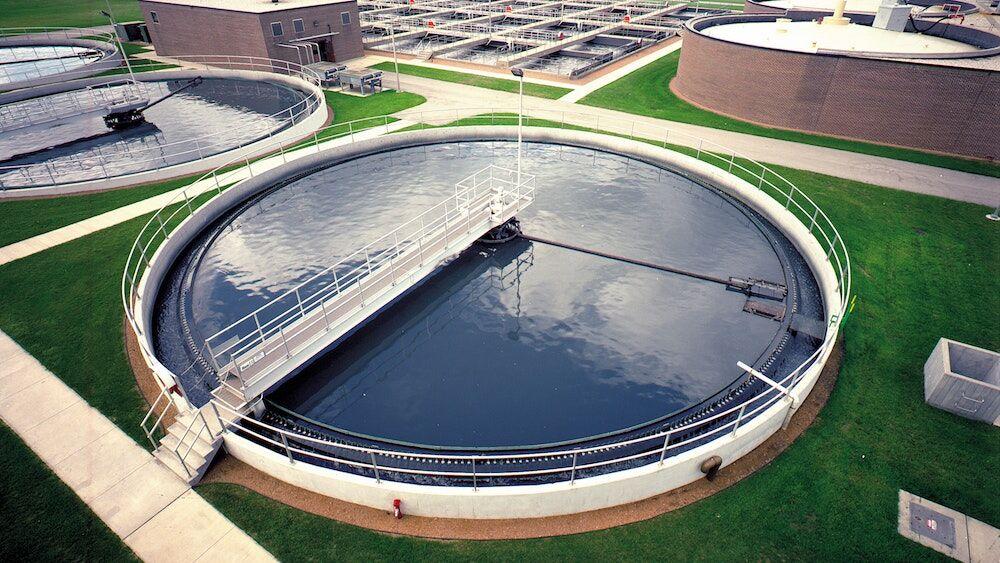If wastewater is not handled, it could harm the environment. This is due to the fact that bacterial contamination and several waterborne diseases can be spread by human and animal waste.
Microorganisms play a role in the treatment of sewage and wastewater. Microorganisms play an important part in wastewater treatment because they help to treat and purify wastewater and reduce its environmental impact.
Three well-known microorganisms serve a crucial part in keeping sewage clean, despite the fact that there are many different microbes utilized in sewage treatment. To ensure that there is little to no impact on the surrounding environment, each of these species of bacteria contributes to the treatment process in a different way.
Is bacteria used in sewage treatment plants?
The anaerobic bacteria are made up of different microbial groups that cooperate to finally hydrolyze and acidify organic matter into biogas.
Streams with significant levels of organic pollutants can be treated effectively and with little odor thanks to anaerobic bacteria.

What is anaerobic sewage treatment?
In the absence of oxygen, bacteria breakdown organic pollutants during the biological process of anaerobic sewage treatment. Sewage enters a bioreactor container in a simple anaerobic treatment cycle. Sludge, a thick, semi-solid substance found in the bioreactor, is made up of anaerobic bacteria and other microorganisms. By breaking down the biodegradable material in the sewage, these anaerobic bacteria, also known as "anaerobes," produce an effluent with decreased biological oxygen demand (BOD), chemical oxygen demand (COD), and/or total suspended solids (TSS), as well as biogas byproducts.
Application of anaerobic bacteria in STP
In addition to treating municipal sewage sludge and sewage, anaerobic sewage treatment is utilized to treat a range of industrial effluent streams from the agricultural, food and beverage, dairy, pulp and paper, and textile industries. For streams with high levels of organic matter (measured as high BOD, COD, or TSS), anaerobic methods are often used, frequently before aerobic treatment.
Warm industrial sewage is well suited for anaerobic treatment, which is also employed for specialized applications such the treatment of waste streams with inorganics or chlorinated organics.
Advantages of anaerobic bacteria in STP
The primary benefits of anaerobic bacteria include:
- A technique that is widely used and known;
- Adaptable to handling both common and "difficult" wastes;
- An environmentally friendly low-energy procedure; and
- Has less energy inputs, which results in cheaper operating expenses.
Conclusion
Anaerobic bacteria were widely present both in the sewage and in the air at workplaces from the WWTP, especially when the technological process was performed in closed spaces. Anaerobic bacteria formed small aggregates with both sewage droplets and dust particles of sewage sludge origin and as such may be responsible for adverse health outcomes in exposed workers.
What do we offer?
For a variety of industries and applications, Netsol Water Solution has extensive expertise custom-designing and producing biological wastewater treatment systems.
We know that several biological agents, such as bacteria, viruses, protozoa, fungi, flatworms, or roundworms, are always present in sewage. The greatest epidemiological risk among them is posed by pathogenic microorganisms. Therefore, we provide the best biological method i.e. anaerobic bacteria which is a crucial component of the techniques used to the treatment of sewage.
Call us at +91 9650608473 or email at enquiry@netsolwater.com for further information.
